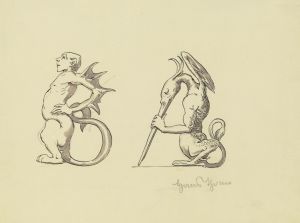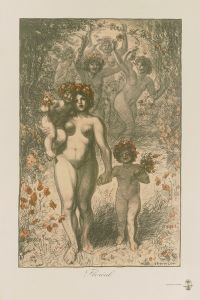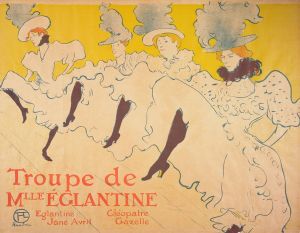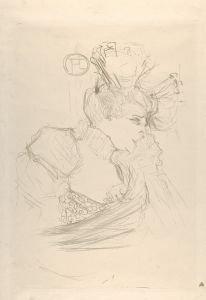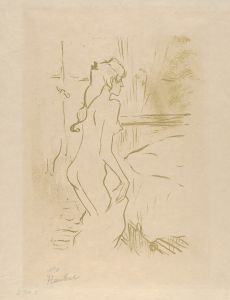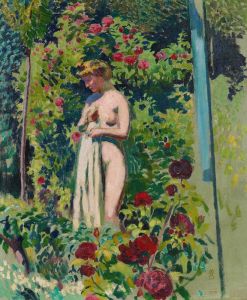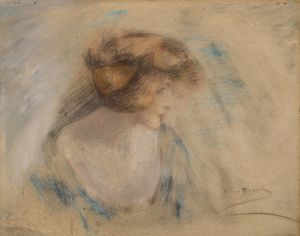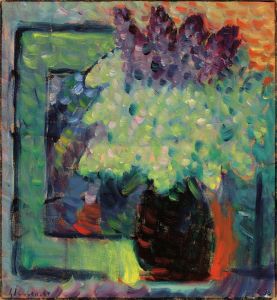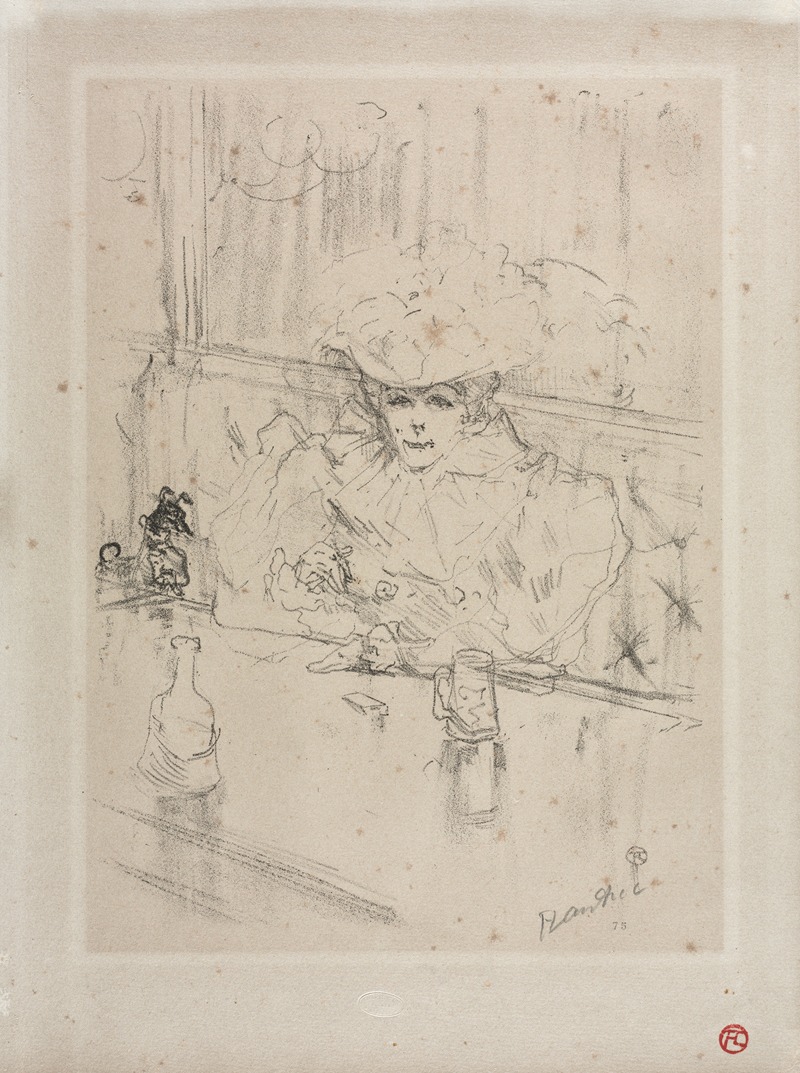
In the Hanneton
A hand-painted replica of Henri de Toulouse-Lautrec’s masterpiece In the Hanneton, meticulously crafted by professional artists to capture the true essence of the original. Each piece is created with museum-quality canvas and rare mineral pigments, carefully painted by experienced artists with delicate brushstrokes and rich, layered colors to perfectly recreate the texture of the original artwork. Unlike machine-printed reproductions, this hand-painted version brings the painting to life, infused with the artist’s emotions and skill in every stroke. Whether for personal collection or home decoration, it instantly elevates the artistic atmosphere of any space.
Henri de Toulouse-Lautrec, a prominent French painter and illustrator, is renowned for his vivid portrayals of Parisian nightlife in the late 19th century. One of his works, "In the Hanneton," captures the essence of this vibrant period. Toulouse-Lautrec's art is characterized by its bold use of color, dynamic compositions, and keen observation of human behavior, all of which are evident in this piece.
"In the Hanneton" is a painting that reflects Toulouse-Lautrec's fascination with the bohemian lifestyle of Montmartre, a district in Paris known for its lively cabarets, dance halls, and cafes. This work is part of his broader exploration of the social and cultural life of Paris during the Belle Époque, a period marked by artistic innovation and a flourishing of the arts.
Toulouse-Lautrec's unique style was influenced by several factors, including his aristocratic background, his formal art training, and his personal experiences in the vibrant Parisian art scene. Despite suffering from a genetic disorder that affected his growth and physical appearance, Toulouse-Lautrec immersed himself in the world of art, studying at the prestigious Lycée Condorcet and later under the tutelage of renowned artists like Fernand Cormon.
"In the Hanneton" exemplifies Toulouse-Lautrec's ability to capture the spirit of his subjects with both empathy and humor. His works often feature a blend of realism and caricature, highlighting the personalities and idiosyncrasies of the people he depicted. This painting is no exception, as it showcases his skill in rendering the lively atmosphere of a Parisian establishment.
The painting's composition and use of color are indicative of Toulouse-Lautrec's innovative approach to art. He often employed bold outlines and flat areas of color, drawing inspiration from Japanese ukiyo-e prints, which were popular in Europe at the time. This influence is evident in "In the Hanneton," where the figures are depicted with a sense of immediacy and movement, capturing the energy of the scene.
Toulouse-Lautrec's work, including "In the Hanneton," played a significant role in the development of modern art. His depictions of contemporary life challenged traditional artistic conventions and paved the way for future movements such as Expressionism and Fauvism. His ability to convey the essence of his subjects with both sensitivity and wit has left a lasting impact on the art world.
Today, Toulouse-Lautrec is celebrated as one of the most important artists of his time, and his works continue to be studied and admired for their technical skill and cultural significance. "In the Hanneton" remains a testament to his talent and his unique perspective on the world around him, offering viewers a glimpse into the vibrant and dynamic life of Paris during the late 19th century.





